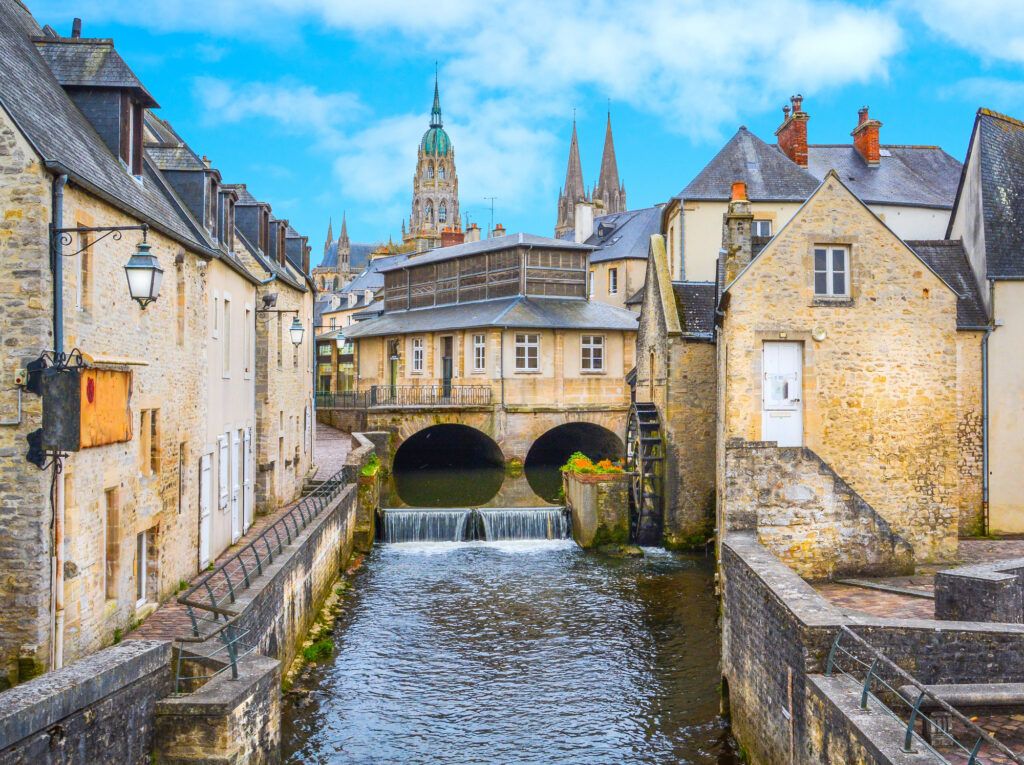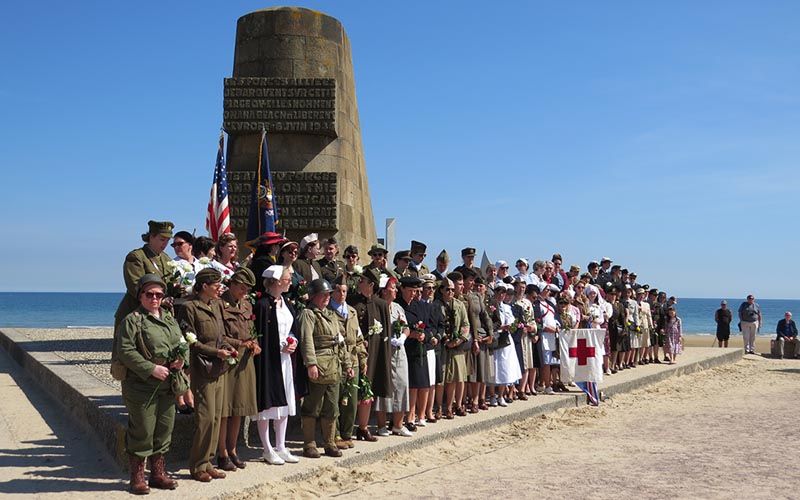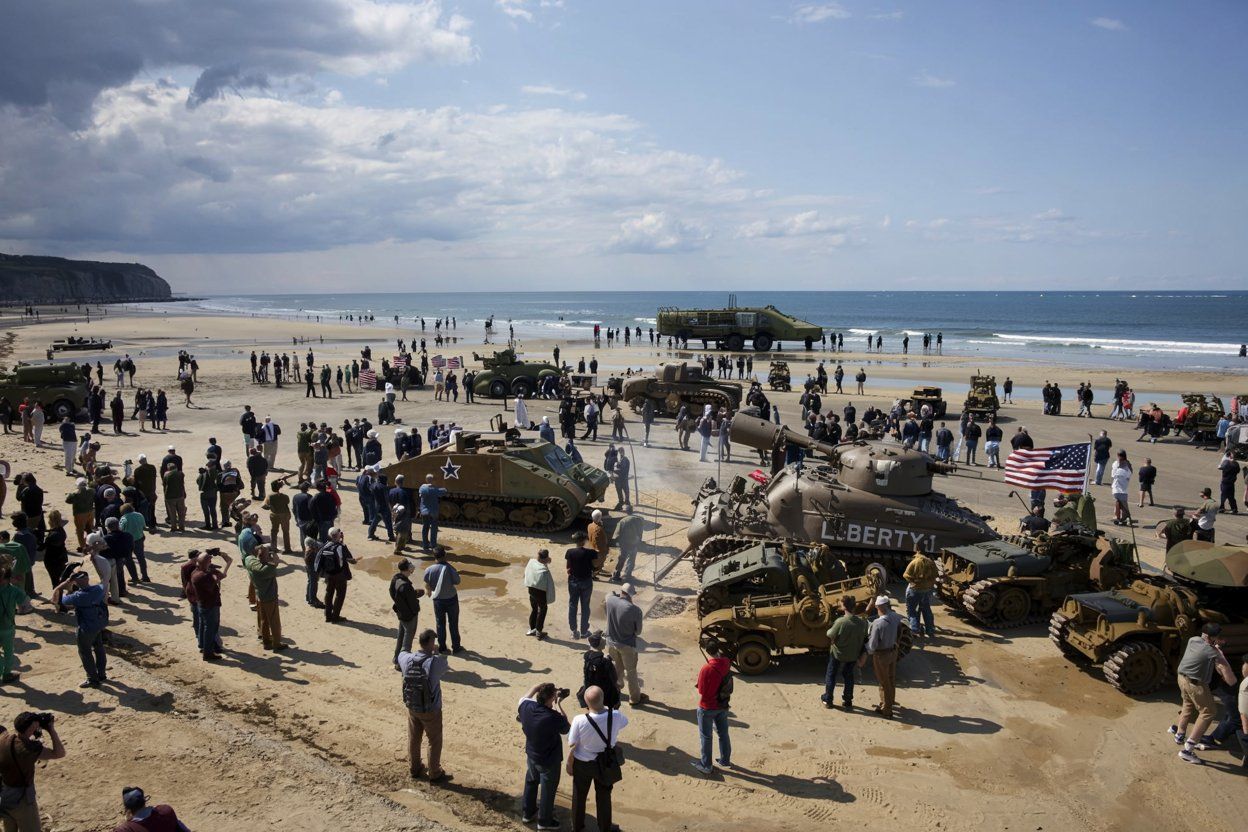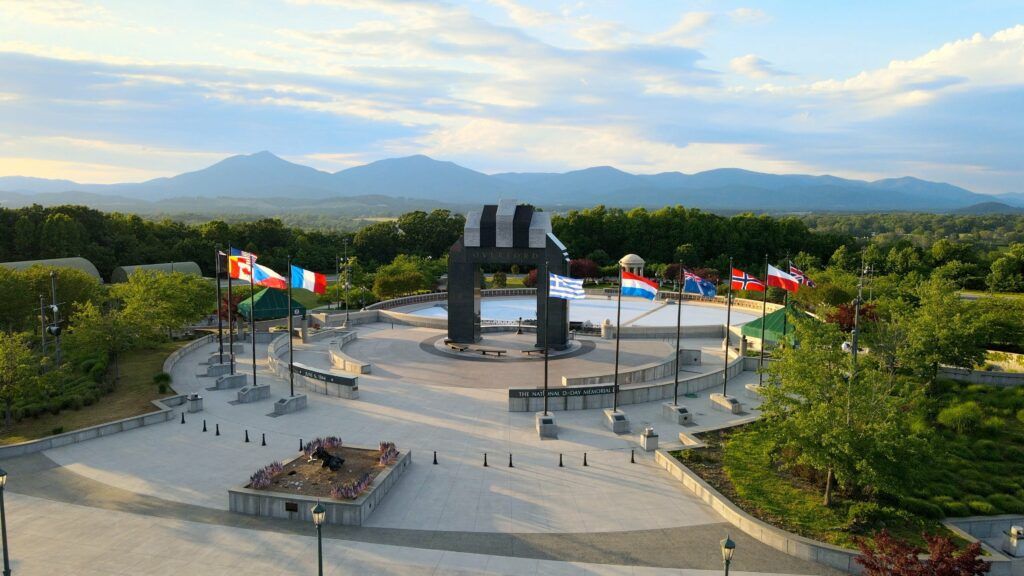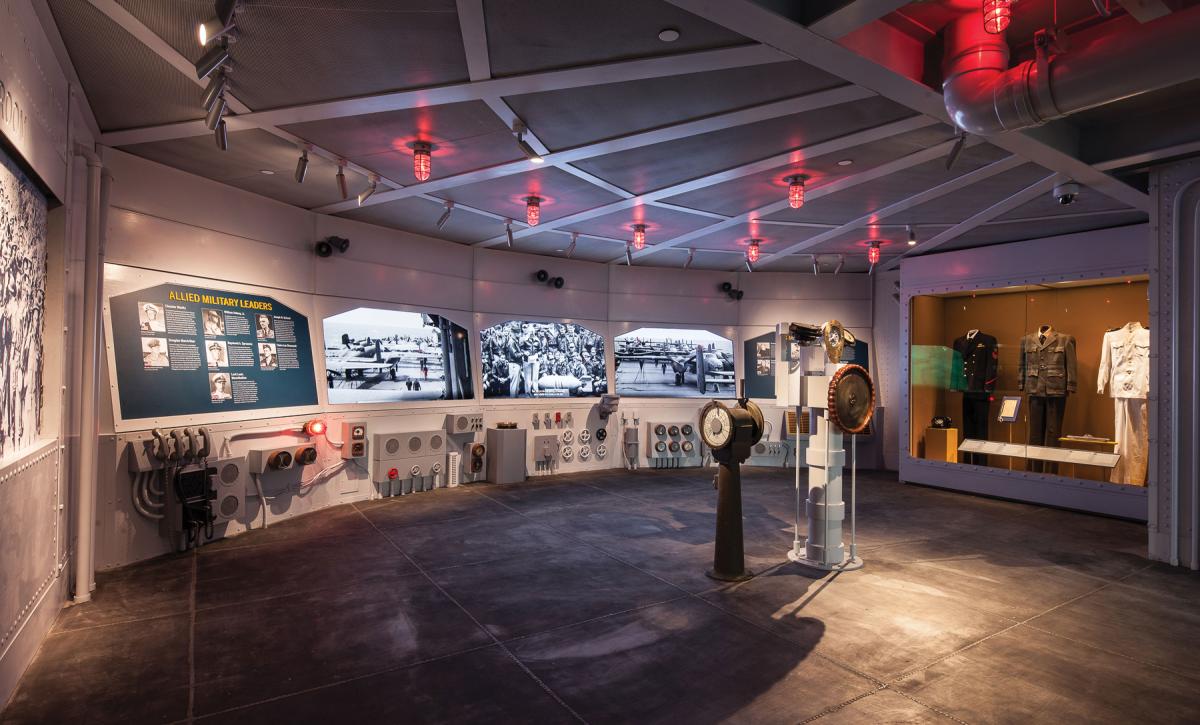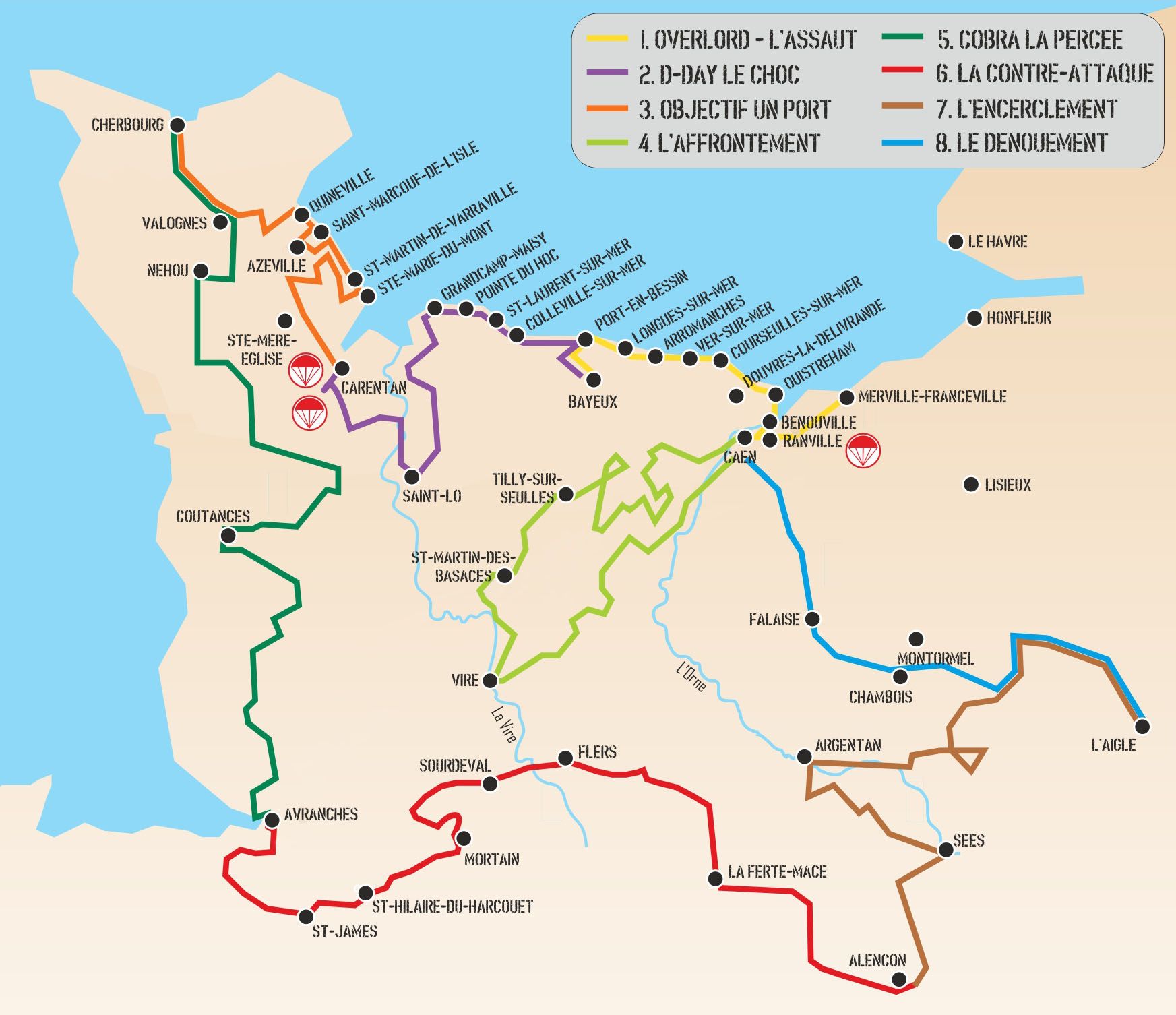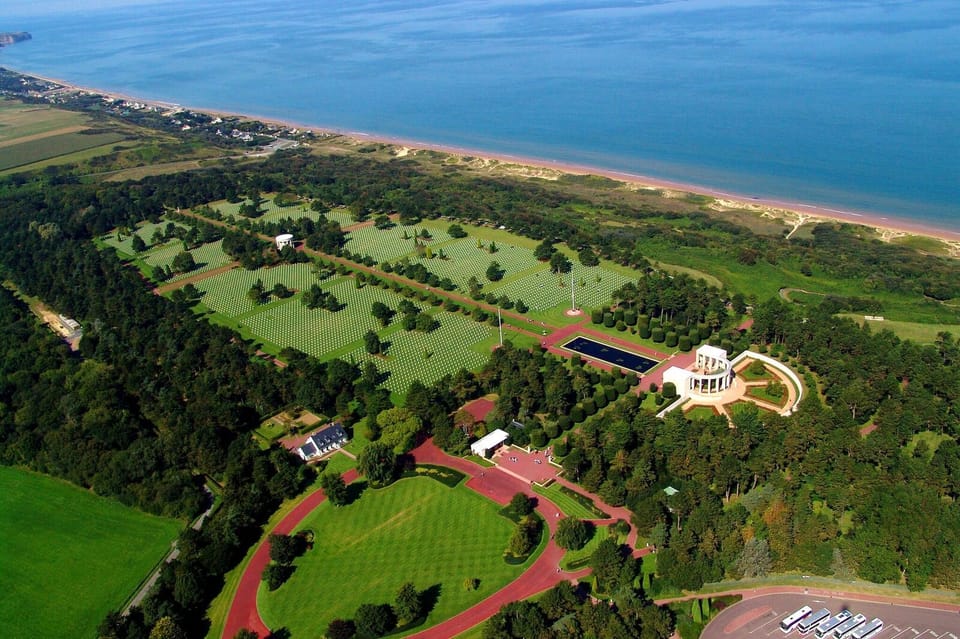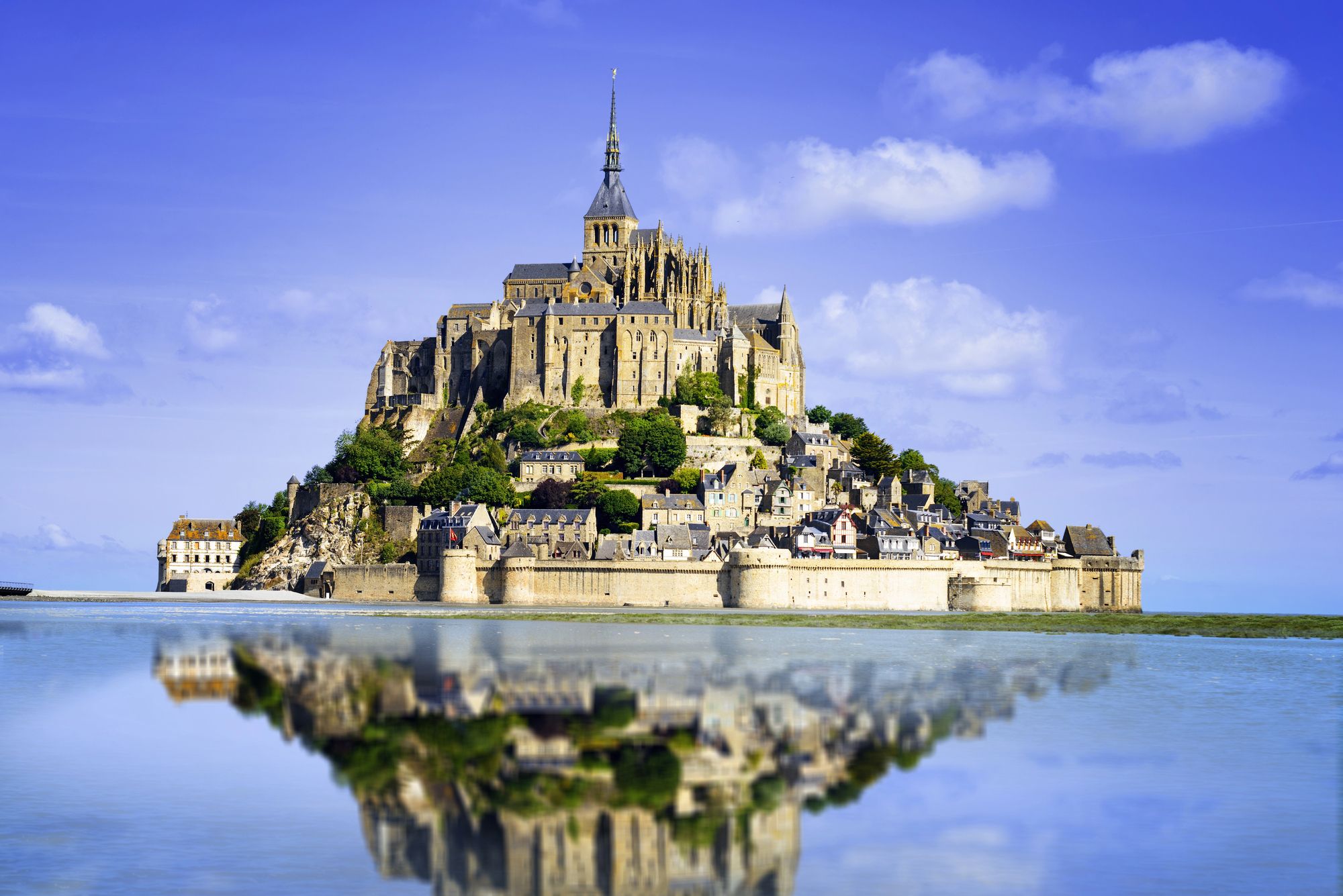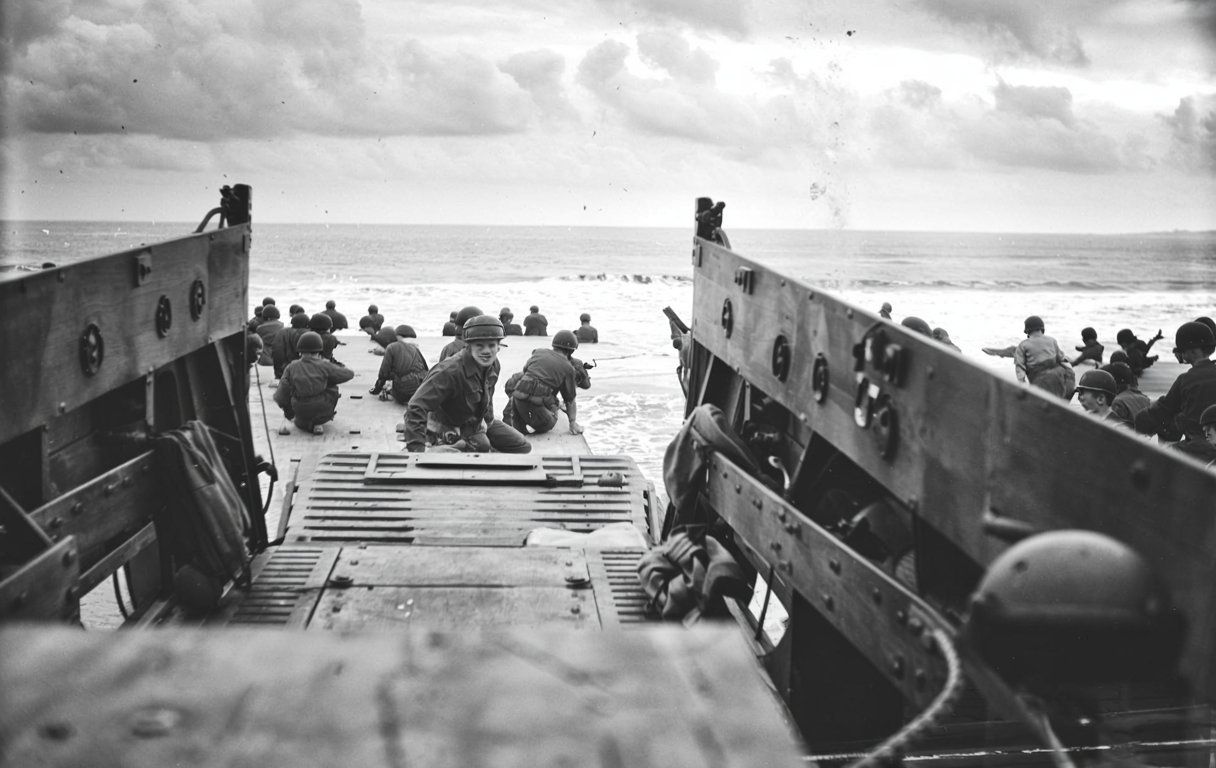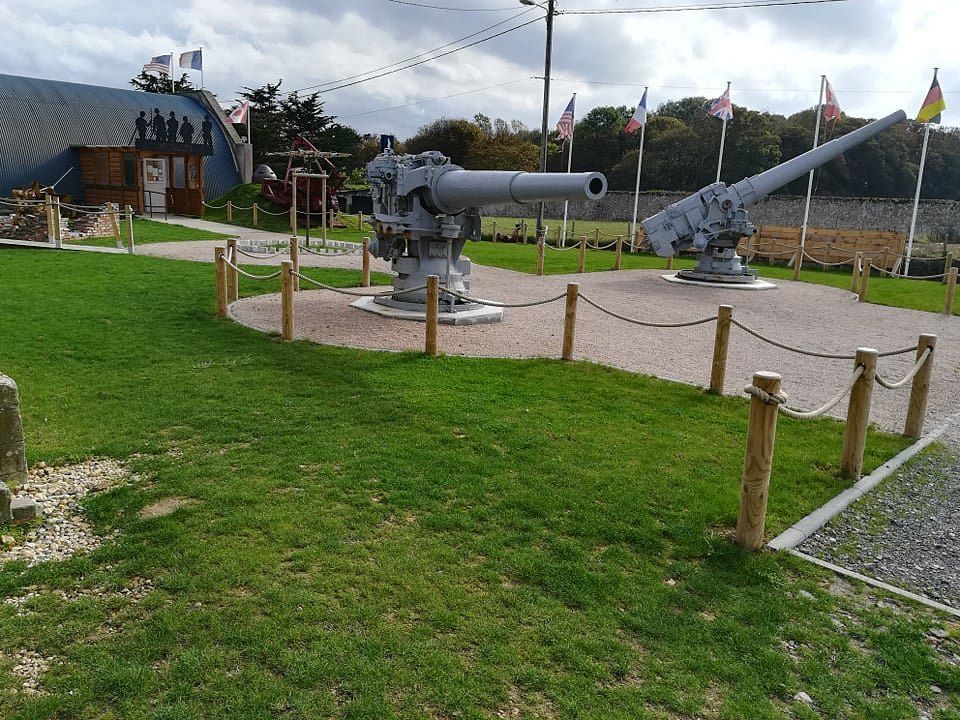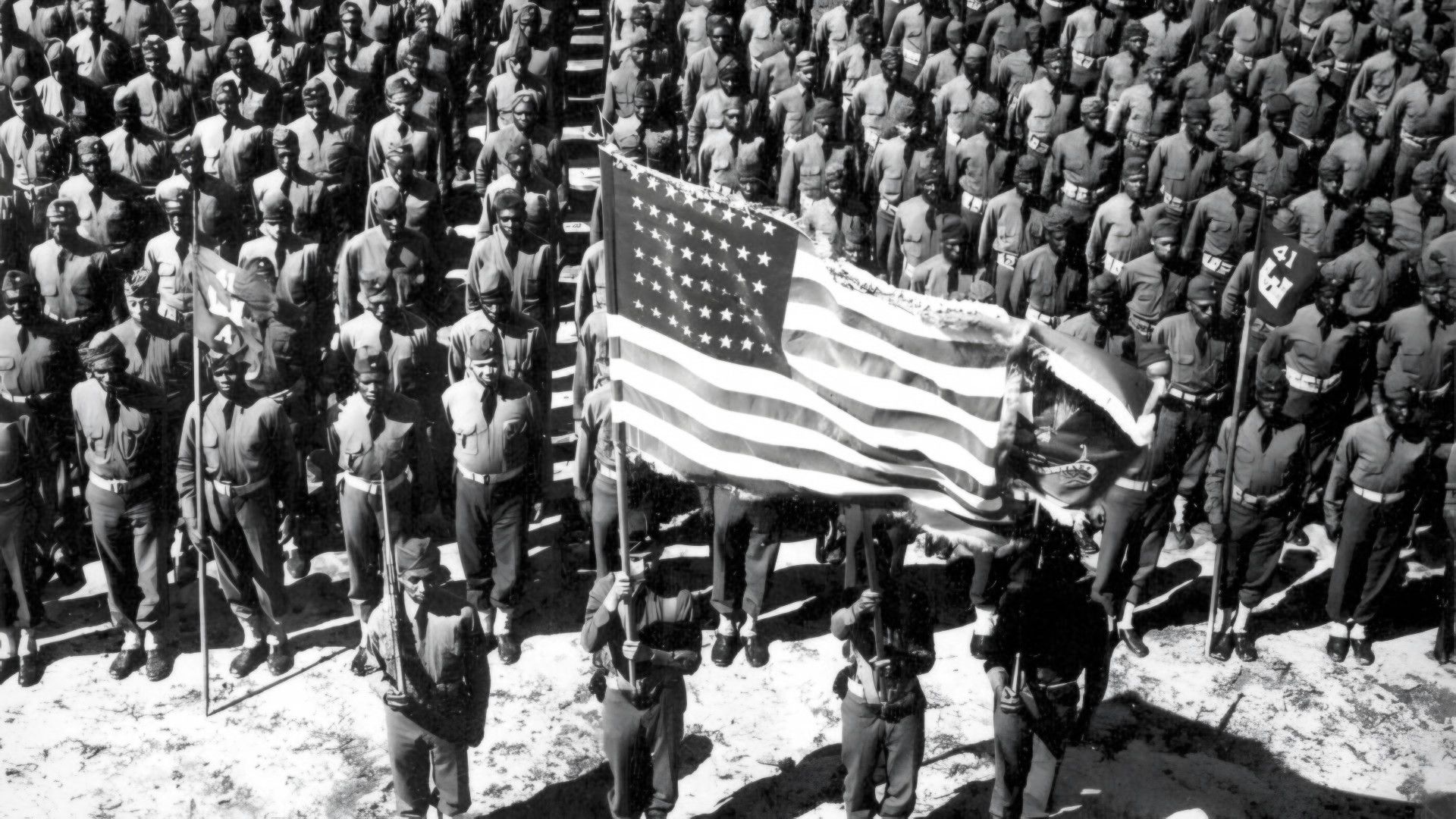As visitors stroll along the peaceful beaches of Normandy today, it’s hard to imagine that these shores once witnessed one of history’s most pivotal military operations. On June 6, 1944, known as D-Day, Allied forces launched a massive invasion across the English Channel, landing on five beaches along the Normandy coastline. This daring operation marked the beginning of the liberation of Western Europe from Nazi Germany’s control and ultimately helped turn the tide of World War II.
Nearly 81 years later, Normandy serves as both a beautiful vacation destination and a living memorial to the events of that fateful summer. The region’s landscape is dotted with museums, memorials, and cemeteries that honor the soldiers who fought to free France from German occupation. Small towns that once faced destruction during the invasion have been rebuilt, though they carefully preserve bunkers, tank barriers, and other remnants as reminders of the area’s significant role in the Second World War.
The Norman countryside, once crossed by tanks and troops fighting to push back the German army, now welcomes thousands of visitors each year who come to pay their respects. Many local families still recall stories passed down from relatives who witnessed the liberation firsthand. These personal connections to history give Normandy a unique atmosphere where past and present exist side by side, allowing today’s generations to better understand the true cost and value of freedom.
Normandy Travel Guide
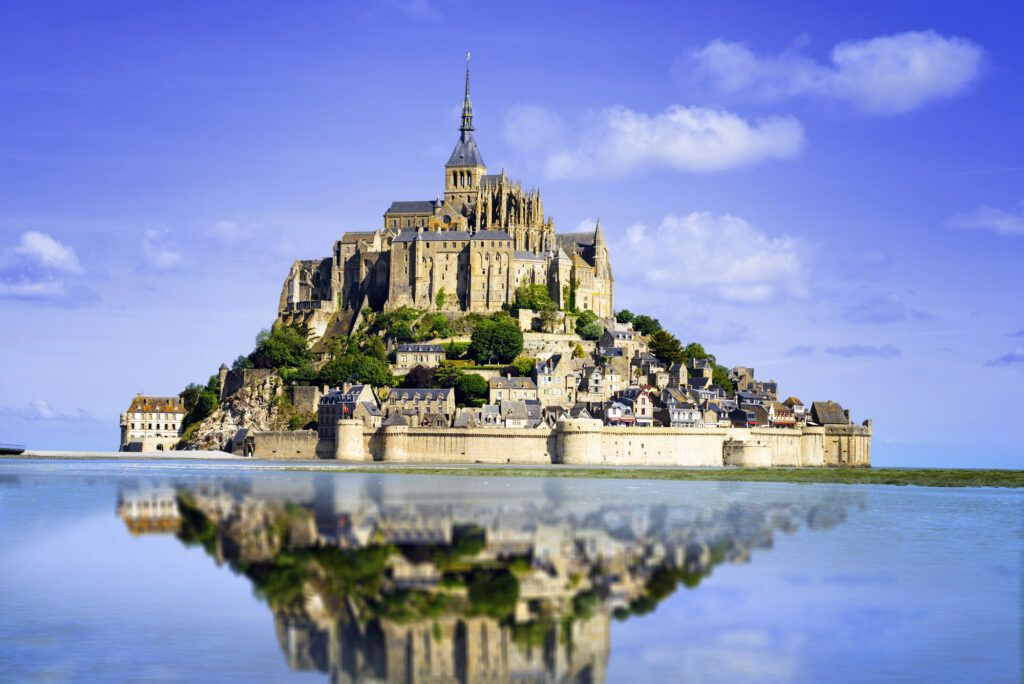
Normandy captivates visitors with its perfect blend of compelling World War II history and timeless French charm. The region’s D-Day beaches—Utah, Omaha, Gold, Juno, and Sword—offer moving historical experiences alongside world-class museums like the Memorial de Caen and the American Cemetery at Colleville-sur-Mer. Beyond war history, discover Normandy’s medieval treasures including the breathtaking Mont Saint-Michel, Bayeux’s famous tapestry, and the picturesque harbor of Honfleur. The region’s celebrated cuisine features fresh seafood, Camembert cheese, apple cider, and Calvados—perfect rewards after exploring its rich historical sites.
When planning your Normandy journey, consider renting a car for maximum flexibility, as public transportation can be limited around historical sites. The ideal visit spans 3-5 days, allowing time to experience both the D-Day landmarks and Normandy’s cultural attractions. Spring and fall offer pleasant weather and fewer crowds, while summer provides longer daylight hours but busier sites, especially during anniversary commemorations. Whether you’re a history enthusiast, culinary traveler, or architecture admirer, Normandy offers an accessible and deeply rewarding French destination that seamlessly connects the momentous events of the past with the serene beauty of the present.
Click here to learn everything about visiting Normandy!
Cemeteries
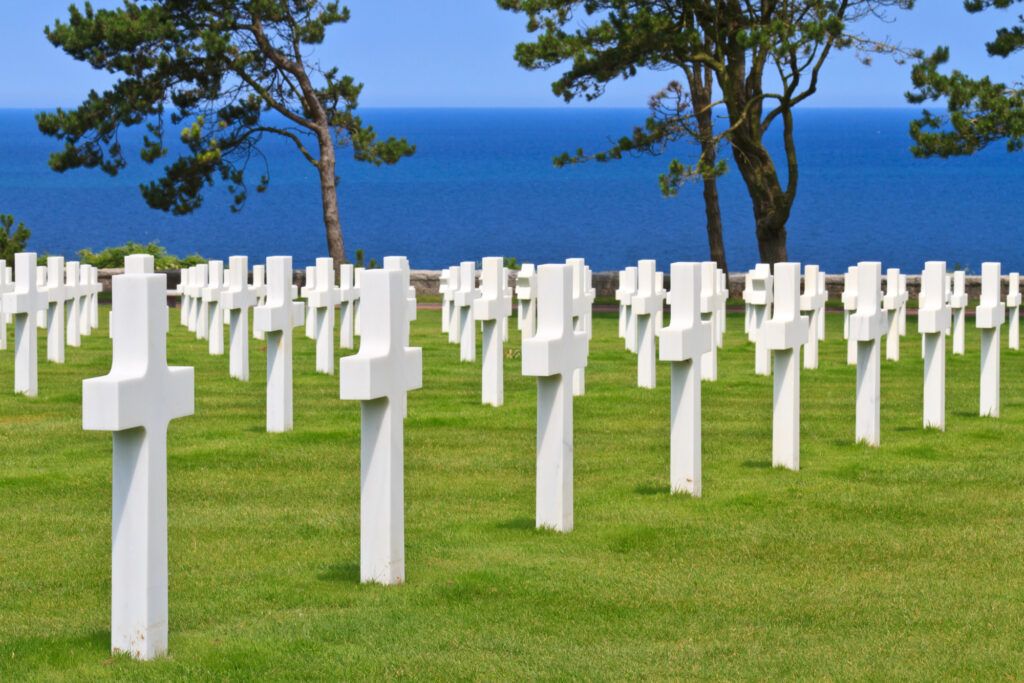
Normandy is home to several important World War II cemeteries that honor soldiers who fought and died during the Allied invasion. These solemn sites serve as powerful reminders of the human cost of war.
The Normandy American Cemetery near Colleville-sur-Mer contains the graves of 9,388 Americans who lost their lives. Many members of the 101st Airborne Division and 3rd Infantry Division rest here. The cemetery sits on a cliff overlooking Omaha Beach, where some of the heaviest fighting occurred.
Visitors can see the names of 1,557 missing soldiers inscribed on the Walls of the Missing. The cemetery also honors recipients of the Medal of Honor who fought in Normandy.
German casualties are commemorated too. La Cambe German Cemetery, located inland from Isigny-sur-Mer, is the largest German cemetery in Normandy. It contains the graves of about 21,000 German soldiers.
Near the historic town of Bayeux sits the Bayeux War Cemetery, the largest British cemetery from World War II in France. More than 4,000 Commonwealth soldiers are buried here.
These cemeteries receive millions of visitors each year. They serve not only as places of remembrance but also as educational sites that tell the stories of sacrifice and courage.
The careful maintenance of these grounds reflects the ongoing commitment to honor those who fell during the liberation of Europe. Each cemetery includes visitor centers that provide context about the battles and the soldiers who fought them.
Click here to see all the WW2 Cemeteries in Normandy.
Museums
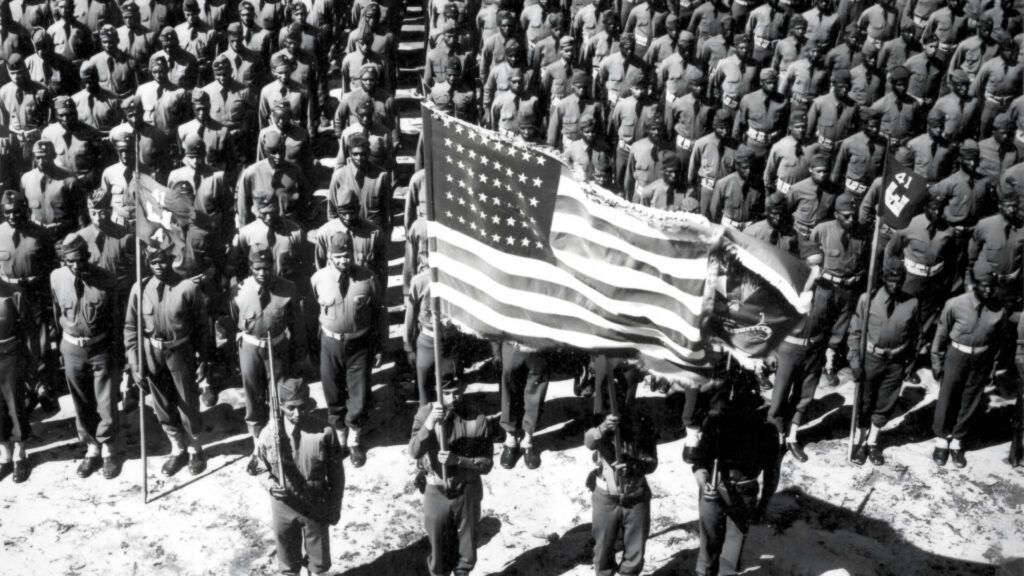
Normandy offers exceptional museums dedicated to World War II history, making it a premier destination for visitors interested in D-Day and the Battle of Normandy. These museums preserve the memories of Allied forces who fought to liberate Europe from Nazi occupation.
The Memorial Museum of the Battle of Normandy in Bayeux stands out for its comprehensive collection. Located near the D-Day beaches, it details the military operations during summer 1944 with authentic artifacts, vehicles, and personal stories from World War II veterans.
In Sainte-Mère-Église, the Airborne Museum honors paratroopers who landed during the invasion. Allied planners considered this town crucial, and the museum features original aircraft and immersive exhibits recreating the airborne experience.
Arromanches hosts two notable sites: the D-Day Museum and the 360° Cinema. The museum explains the remarkable engineering feat of the artificial Mulberry Harbor, while the cinema offers a powerful audiovisual experience of the battle.
The American Cemetery at Colleville-sur-Mer includes a visitor center with exhibits explaining the Allied invasion strategy and personal stories of sacrifice.
For those seeking to understand civilian experiences, many smaller museums throughout the region document local life under occupation and during liberation.
These museums employ modern technology alongside traditional displays, creating engaging environments for all ages. Many feature testimonies from veterans, preserving firsthand accounts for future generations.
Click here to see all the WW2 Museums in Normandy.
Normandy’s D-Day Historic Towns
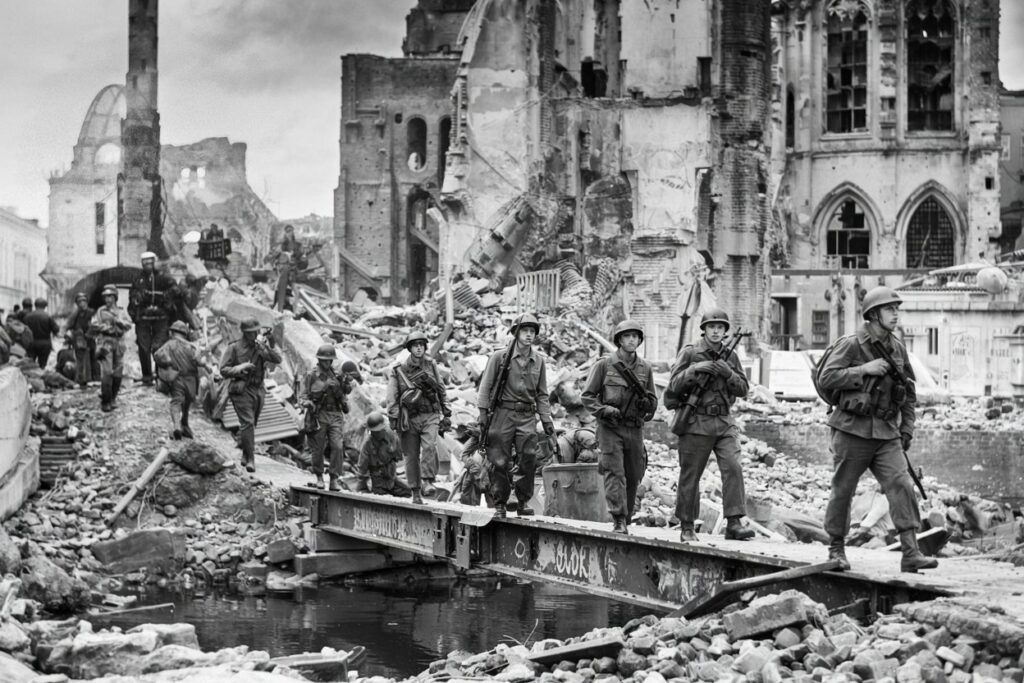
The landscapes of Normandy hold the indelible imprint of World War II’s most ambitious amphibious invasion. These towns witnessed history unfold as Allied forces stormed the beaches and pushed inland during the summer of 1944. From the first villages liberated in the early hours of June 6th to the sites of strategic battles that followed, each location tells a unique story of courage, sacrifice, and liberation.
Today, these communities proudly preserve their wartime heritage through museums, memorials, and carefully maintained historic sites. Visitors can walk the same streets where Allied soldiers fought house-to-house, see the remnants of German fortifications, and experience firsthand how the geography of Normandy shaped military strategy. Whether you’re following the path of American paratroopers at Sainte-Mère-Église, standing on the cliffs at Longues-sur-Mer, or contemplating the enormity of sacrifice at Colleville-sur-Mer, these towns offer profound connections to one of history’s most consequential military campaigns.
Click here to read more about Normandy’s Historic D-Day Towns.
Relics & Reminders
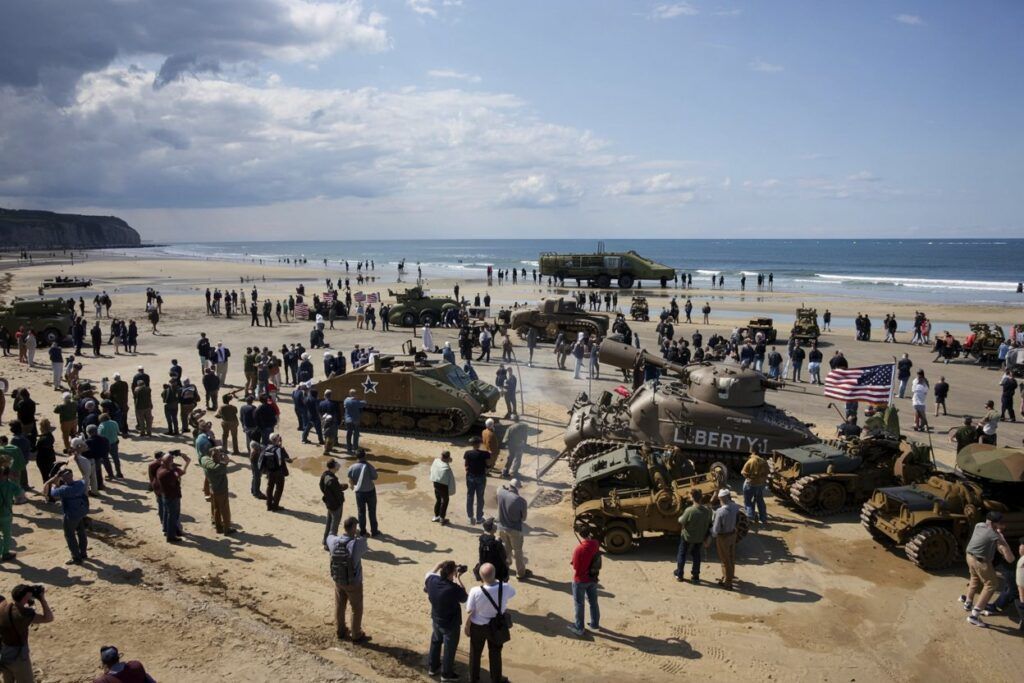
Even 80+ years after D-Day, Normandy still holds many physical reminders of World War II. These tangible connections to history allow visitors to better understand the scale and significance of the Allied invasion.
The Normandy beaches—Omaha, Utah, Gold, Juno, and Sword—contain numerous wartime relics. At Omaha Beach, often called “Bloody Omaha” due to heavy American casualties, visitors can find fragments of the Atlantic Wall and beach obstacles.
Concrete bunkers and gun emplacements remain along the coastline, silent witnesses to the tremendous amphibious assault. These fortifications, part of Hitler’s Atlantic Wall, were designed to repel the very invasion that ultimately succeeded.
Military archaeology continues to uncover items left behind by American soldiers, paratroopers, and other Allied troops. Even after eight decades, farm fields where Airborne divisions conducted their night jumps occasionally yield military equipment.
Beach sand from Omaha Beach has become a meaningful souvenir for many visitors, especially those honoring relatives who participated in the invasion.
In Arromanches, massive concrete blocks from the artificial Mulberry Harbor remain visible today. These engineering marvels allowed Allied forces to supply troops during the critical days after the landing.
Local museums throughout the region display recovered weapons, uniforms, vehicles, and personal items from both Allied and German forces. Many display relics found by local farmers while working their fields.
Click here to learn more about Relics and Reminders of WW2 in Normandy.
Commemorations
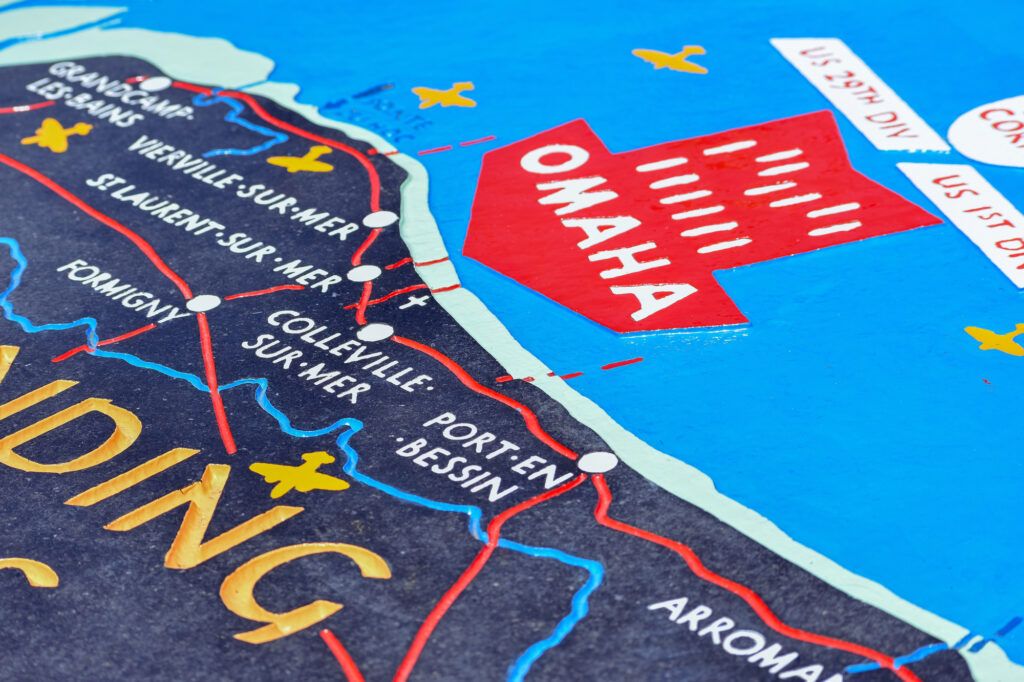
Normandy holds special ceremonies each year to honor the brave soldiers who fought during D-Day and Operation Overlord. These events keep the memory of the Normandy Invasion alive for new generations.
The 80th anniversary in 2024 drew approximately 10,000 people to Normandy American Cemetery. World leaders, veterans, and families gathered to pay respect to those who sacrificed during this pivotal moment in history.
Dwight D. Eisenhower, who commanded the Allied forces during Operation Overlord, is often remembered during these commemorations. His leadership helped ensure the success of this complex military operation.
Looking ahead, plans are already underway for the 81st anniversary in 2025. These events will continue the tradition of celebrating peace, liberty, and reconciliation.
Reenactments are common during anniversary events. People dress in period uniforms and equipment to help visitors understand what soldiers experienced during the Normandy Invasion.
Many commemorations include educational components with exhibits, films, and presentations about D-Day. These resources help visitors understand the historical significance of Operation Overlord.
Local French citizens often participate by decorating graves, hosting veterans, and sharing stories passed down through generations. This shows the lasting bond between Normandy residents and those who helped liberate their region.
Click here to learn more about D-Day Commemorations and here to learn more about annual D-Day events.
Digital D-Day
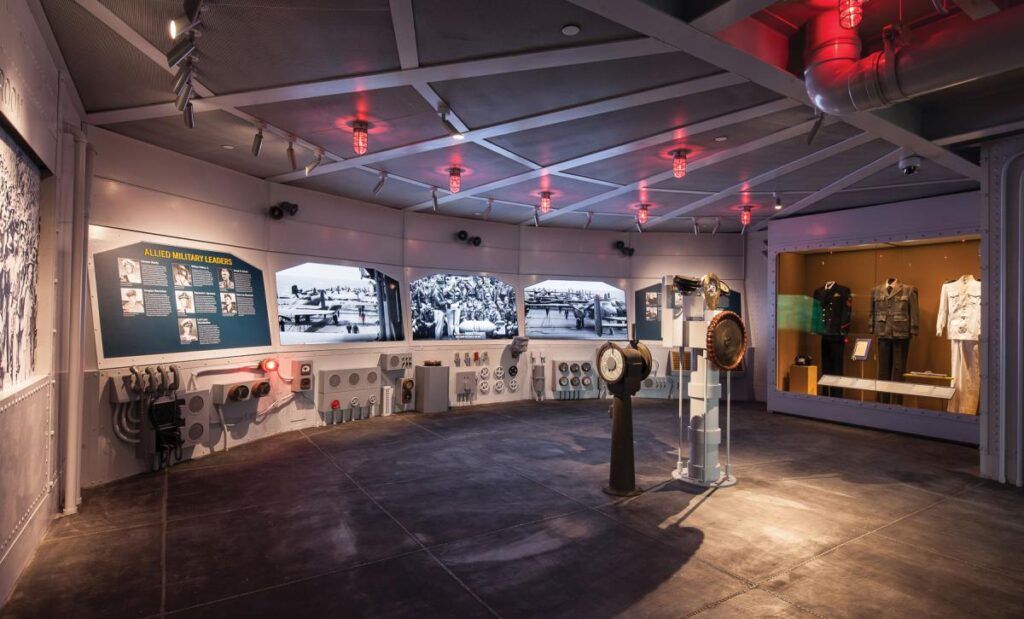
Modern technology has transformed how we learn about the historic D-Day invasion. Interactive websites now offer virtual tours of Normandy’s beaches where over 156,000 Allied troops landed on June 6, 1944.
Museums like The National WWII Museum in New Orleans have created electronic field trips for students. These virtual experiences transport viewers to the actual locations where D-Day history unfolded.
Digital archives have made firsthand accounts more accessible than ever. Visitors can now:
- Watch video testimonies from veterans
- Explore interactive maps of the invasion
- View digitized photographs and documents
- Experience virtual reality recreations of the landings
The codename Operation OVERLORD has moved into the digital age with apps that guide visitors through the 50-mile stretch of Normandy’s beaches. These tools provide context about what happened at specific locations.
Social media platforms connect younger generations with this pivotal moment in history. Online communities share stories, photos, and commemorative events related to D-Day.
Digital preservation efforts ensure that as the number of living veterans decreases, their sacrifices won’t be forgotten. The 75th anniversary celebrations in 2019 featured extensive digital components, allowing global participation.
Through technology, the legacy of those who stormed the beaches continues to educate and inspire people worldwide.
Click here to discover more digital resources about D-Day.

